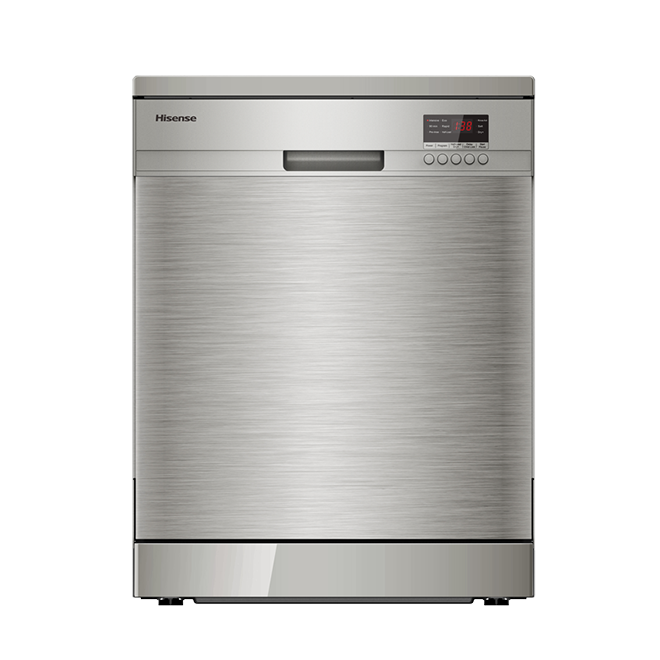Are you in the market for a new vacuum cleaner but feeling overwhelmed by the multitude of options available? Whether you need a powerful machine for deep cleaning carpets or a lightweight model for quick touch-ups, this guide will help you make an informed decision. Read on to discover everything you need to know about buying a vacuum cleaner, from understanding different types to considering essential features and comparing brands.
Types of Vacuum Cleaners
1. Upright Vacuum Cleaners
- Best For: Large carpeted areas.
- Pros: Powerful suction, wide cleaning path, often includes additional attachments for various surfaces.
- Cons: Heavier and bulkier than other types, can be noisy.
2. Canister Vacuum Cleaners
- Best For: Versatile cleaning (carpets, hard floors, upholstery).
- Pros: Lightweight, easy to maneuver, quieter operation.
- Cons: Requires more storage space, can be cumbersome to drag around.
3. Robotic Vacuum Cleaners
- Best For: Hands-free cleaning in small to medium-sized homes.
- Pros: Automated cleaning, programmable schedules, fits under furniture.
- Cons: Less powerful than upright or canister models, may miss spots, needs frequent emptying.
4. Handheld Vacuum Cleaners
- Best For: Quick clean-ups, car interiors, furniture.
- Pros: Portable, lightweight, easy to store.
- Cons: Limited battery life, less powerful suction, small dustbin.
5. Stick Vacuum Cleaners
- Best For: Quick clean-ups and small spaces.
- Pros: Lightweight, easy to use, often cordless.
- Cons: Limited battery life, smaller dust capacity, less powerful than upright models.
Key Features to Consider
1. Suction Power
- Importance: Determines how effectively the vacuum can pick up dirt and debris.
- Tip: Look for models with adjustable suction settings for different surfaces.
2. Filtration System
- Importance: Crucial for homes with allergy sufferers or pets.
- Tip: HEPA filters are highly effective at trapping small particles and allergens.
3. Bagged vs. Bagless
- Bagged Vacuums:
- Pros: More hygienic, traps dust and allergens inside.
- Cons: Ongoing cost of replacement bags.
- Bagless Vacuums:
- Pros: No recurring cost, easier to see when the bin is full.
- Cons: Can be messy to empty, may require more frequent filter cleaning.
4. Noise Level
- Importance: Considerate for homes with young children or pets.
- Tip: Check the decibel level; quieter models are typically under 70 dB.
5. Corded vs. Cordless
- Corded Vacuums:
- Pros: Unlimited runtime, typically more powerful.
- Cons: Limited by cord length, less convenient.
- Cordless Vacuums:
- Pros: Greater mobility, easier to use in multiple areas.
- Cons: Limited battery life, may require frequent recharging.
6. Attachments and Accessories
- Importance: Enhance the versatility of the vacuum.
- Common Attachments: Crevice tool, upholstery brush, dusting brush, pet hair attachment.
Brand Comparisons and Recommendations
1. Dyson
- Pros: Innovative designs, powerful suction, advanced filtration.
- Cons: Higher price point.
- Popular Models: Dyson V11, Dyson Ball Animal 2.
2. Shark
- Pros: Affordable, versatile, strong performance on carpets and hard floors.
- Cons: Some models can be heavy.
- Popular Models: Shark Navigator Lift-Away, Shark Rocket.
3. Miele
- Pros: Durable, excellent filtration, quiet operation.
- Cons: Expensive, bagged models require ongoing costs.
- Popular Models: Miele Complete C3, Miele Triflex HX1.
4. Roomba (iRobot)
- Pros: Reliable robotic vacuums, smart navigation, programmable.
- Cons: Can be expensive, less powerful than traditional vacuums.
- Popular Models: Roomba i7+, Roomba 960.
Maintenance Tips
1. Regularly Empty the Dustbin or Replace Bags
- Keeps suction power strong and prevents clogs.
2. Clean or Replace Filters
- Follow the manufacturer’s instructions to maintain filtration efficiency.
3. Check for Blockages
- Inspect hoses and brushes for trapped debris that could impede performance.
4. Maintain Brush Roll
- Remove tangled hair and threads to keep it spinning freely.
5. Store Properly
- Keep your vacuum in a cool, dry place to prevent damage and prolong its lifespan.
FAQs
Q: How often should I vacuum my home?
- A: For high-traffic areas, vacuum at least twice a week. Less frequented areas can be done weekly.
Q: Can I use a vacuum cleaner on hardwood floors?
- A: Yes, but ensure you use a model with a hard floor setting or a soft-bristle brush to avoid scratching.
Q: What’s the best vacuum for pet hair?
- A: Look for models with strong suction, a motorized brush roll, and HEPA filtration to capture allergens.
Conclusion
Choosing the right vacuum cleaner can make a significant difference in maintaining a clean and healthy home. By considering your specific needs and the features that matter most to you, you can find the perfect vacuum to tackle any cleaning challenge. Visit Abanista Uganda to explore a wide range of high-quality vacuum cleaners, backed by expert advice, competitive pricing, and excellent customer support.


